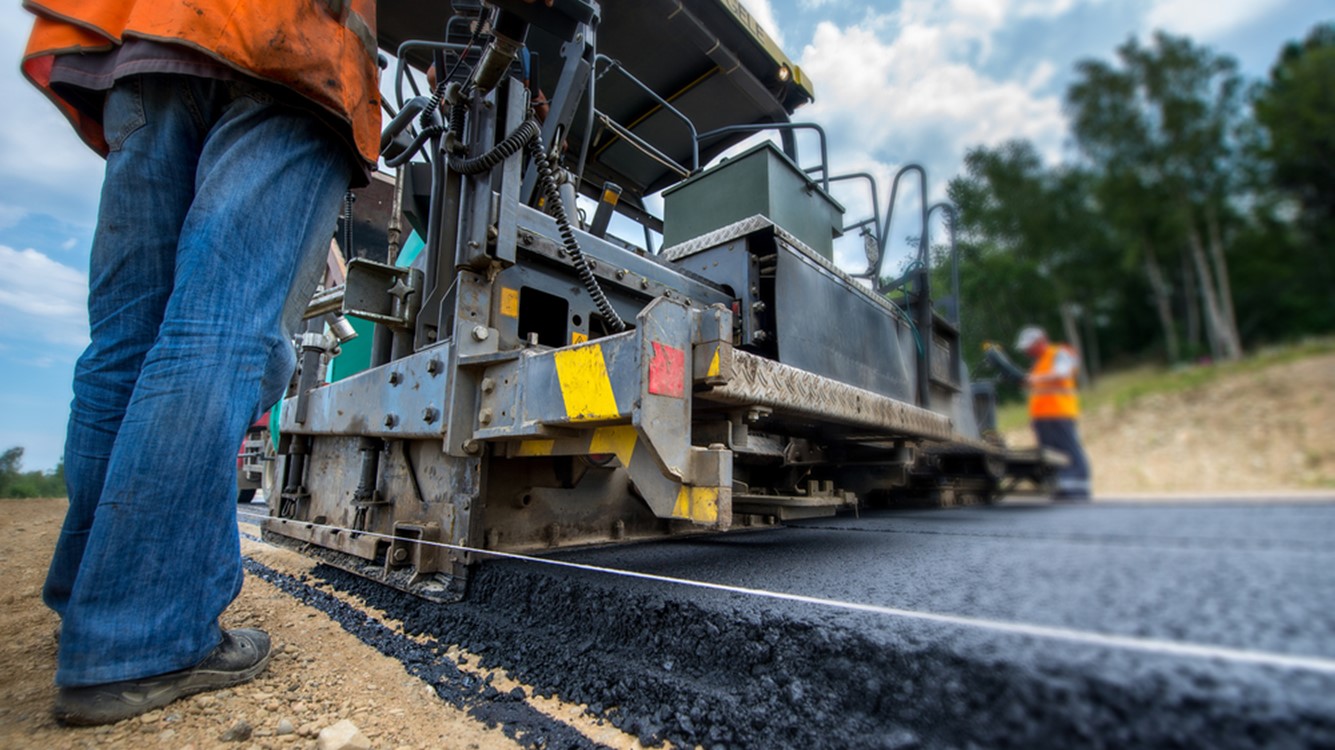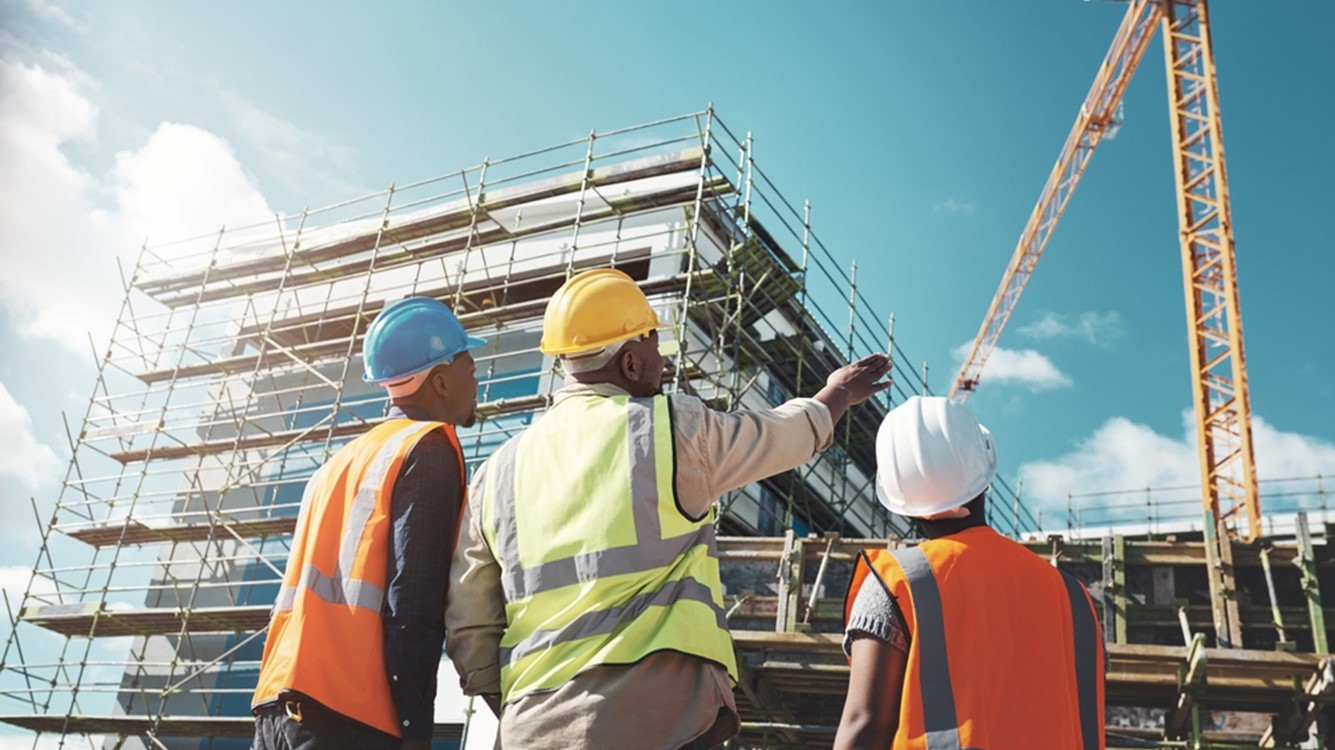Construction slumped at the start of the year
Power construction spending is up 62% in February from a year ago and has more than doubled since 2022, largely on AI and large language models.

April 1, 2024
Construction spending slumped 0.3% in February after January spending data were revised lower. Spending, not adjusted for inflation, is now 10.7% higher than a year ago. The cost of inputs to construction industries, as measured in the producer price index, grew 2.2% on an annualized basis in February. Rising costs of materials such as steel, cement and asphalt could be exacerbated by the tragic Francis Scott Key Bridge collapse in Baltimore in March. According to the Energy Information Administration, Baltimore imports the largest amount of asphalt in the U.S.; shipment diversions could add to congestion and increased costs.
Private residential construction spending grew 0.7% in the month after January spending was revised lower. A 1.4% bump in spending on new single-family construction was slightly offset by a 0.2% drop in multifamily construction. Builders have pivoted back to single-family homes as record-high backlogs of multifamily units are brought on line. Permits to build single versus multifamily have diverged significantly since February of last year with single-family surging at a 30% annual growth rate; multifamily permits were down 32% from a year ago in February. Expectations for lower interest rates into the end of the year, coupled with significant supply shortages in the resale market, have moved builders to be more optimistic about the year ahead for single-family housing demand.
Private nonresidential construction fell 0.9% in February with all major components (commercial, power and manufacturing) disappointing in the month. Spending remains 12.6% higher than a year ago thanks largely to stronger manufacturing construction, especially for manufacturing of computer and electrical plants, which is up 44.5% from a year ago. Spending on manufacturing infrastructure by the private sector is nearly double the amount of spending on commercial construction, which used to take up the largest share of private nonresidential construction. Spending on manufacturing was boosted significantly by federal government initiatives and began to rise precipitously in 2022.
Public construction spending, the majority of which occurs at the state and local levels, dropped 1.2% in February as nearly all categories saw spending declines in the month. Spending on highway and street construction, the largest portion of total spending, fell 1.6% but remains 18.5% higher than a year ago.
The increased demand for power from the use and training of AI and large language models is contributing to increased investment in power infrastructure by governments; power construction spending is up 62% in February from a year ago and has more than doubled since 2022. Surging private sector investment in data centers continues to lead power demand. Electricity generation and transmission will remain an area of growth as new regions of the country will see increased investment in order to power their data center needs. Some tech behemoths are already investing directly in power generation.
Supply chains remain fragile and will be a risk to the construction outlook if materials and shipping costs rise.
Yelena Maleyev, KPMG Senior Economist
Bottom Line
Increased demand for housing, surging electrification needs and manufacturing construction incentives will keep the construction sector growing in 2024. Labor shortages remain acute, but increased immigration over the last few years has helped alleviate that. Supply chains remain fragile and will be a risk to the construction outlook if materials and shipping costs rise.
Explore more

December construction spending doubled expectations
Construction activity is carrying momentum into the new year on the back of ongoing infrastructure projects.

KPMG Economics
A source for unbiased economic intelligence to help improve strategic decision-making.

Housing starts turn sharply lower
Harsh winter weather flattened housing starts.
Subscribe to insights from KPMG Economics
KPMG Economics distributes a wide selection of insight and analysis to help businesses make informed decisions.
Meet our team

